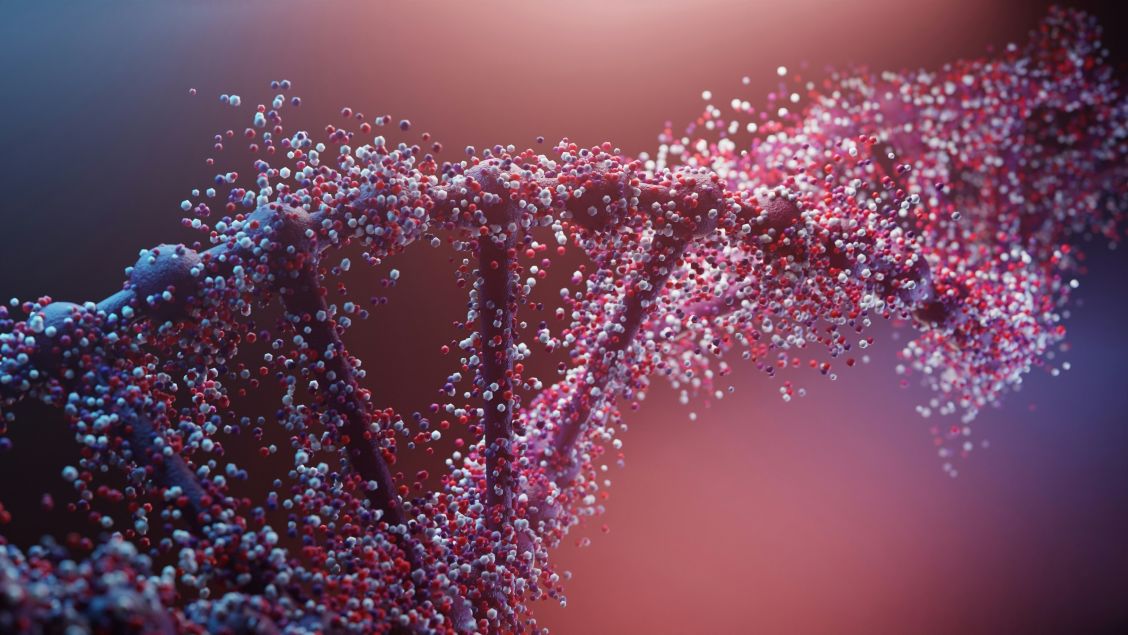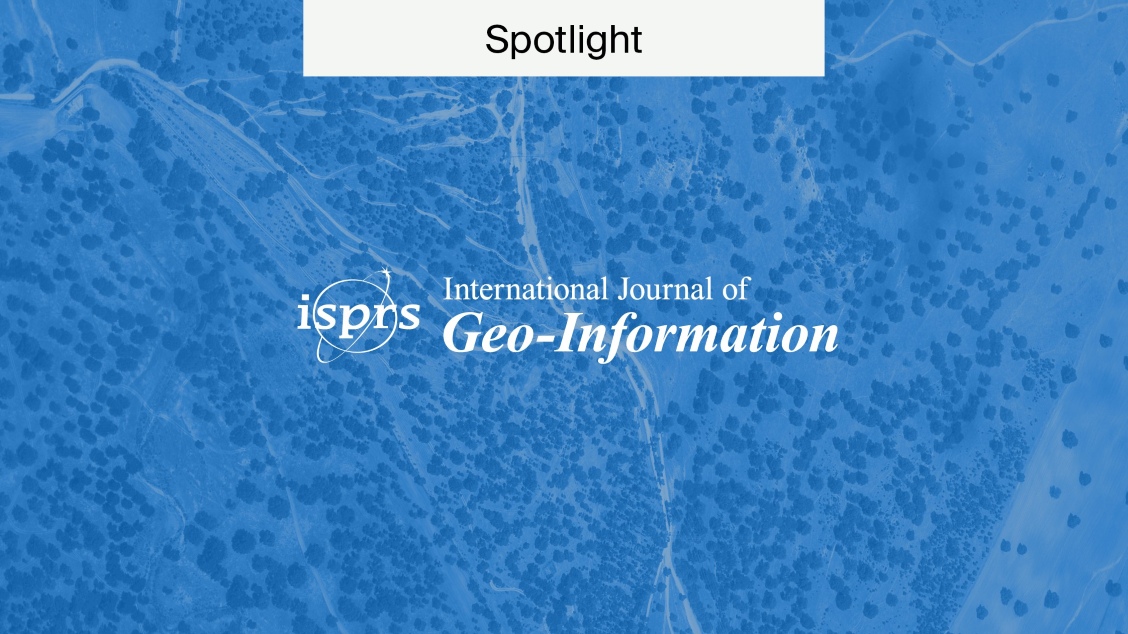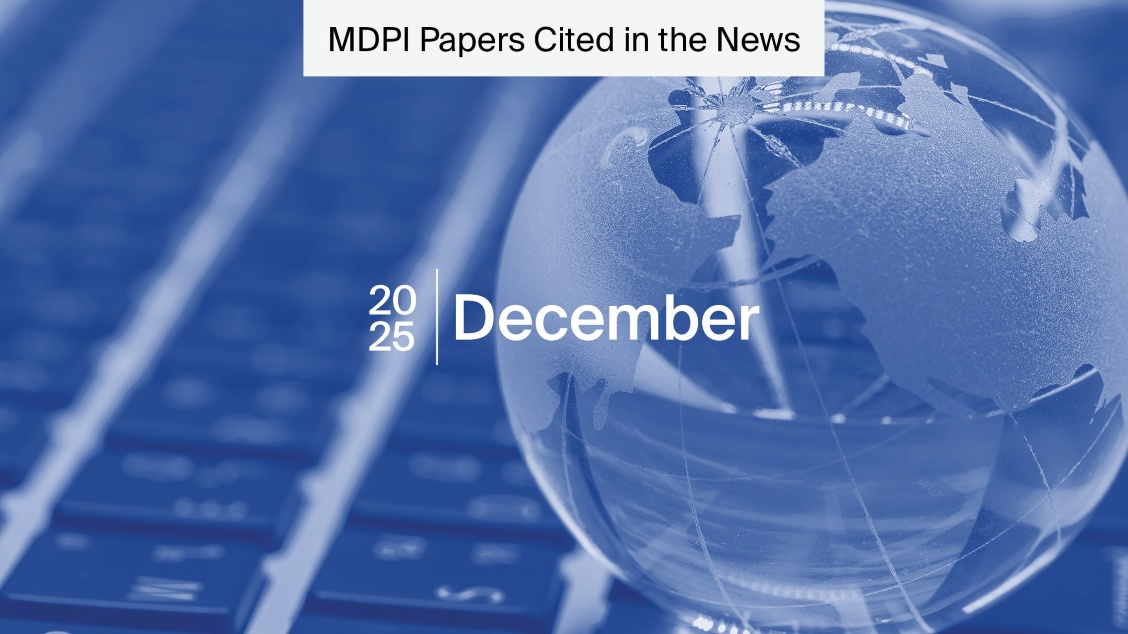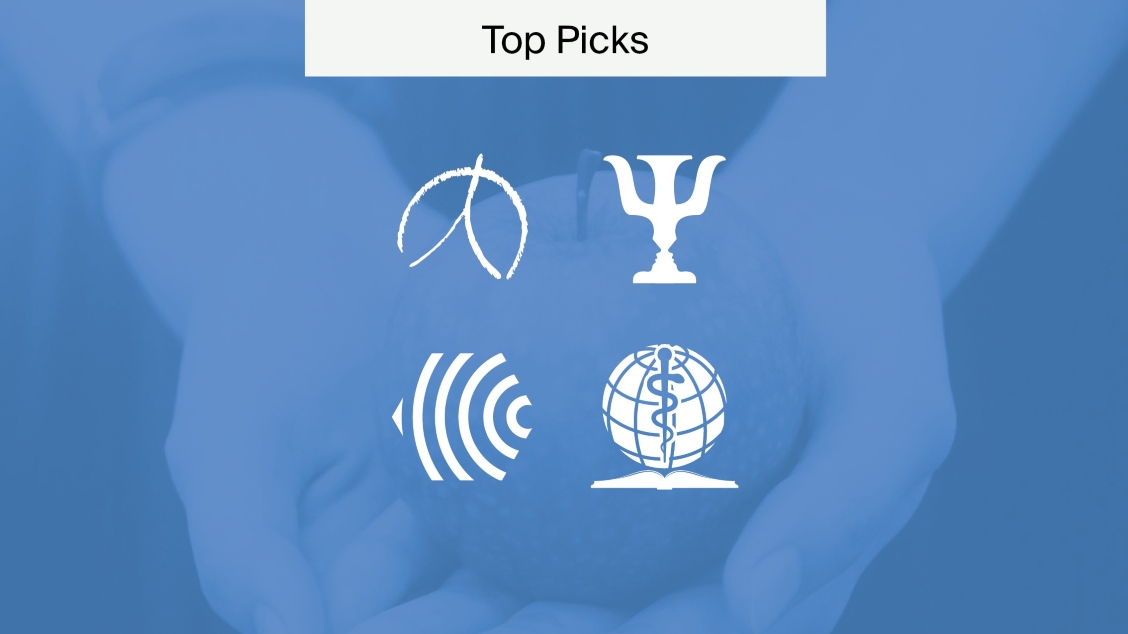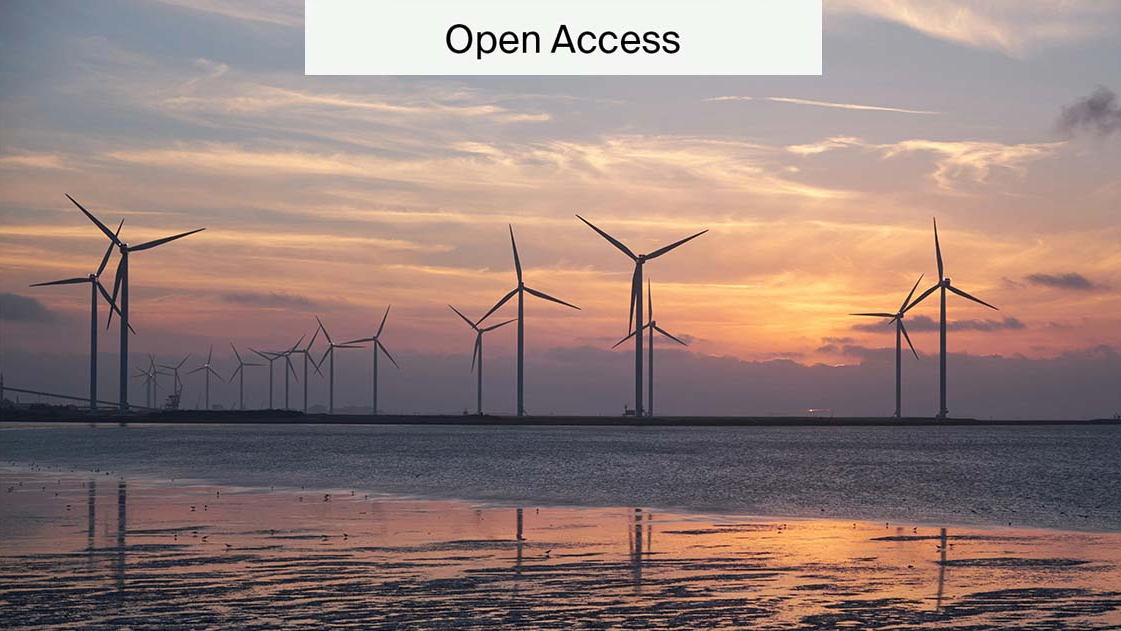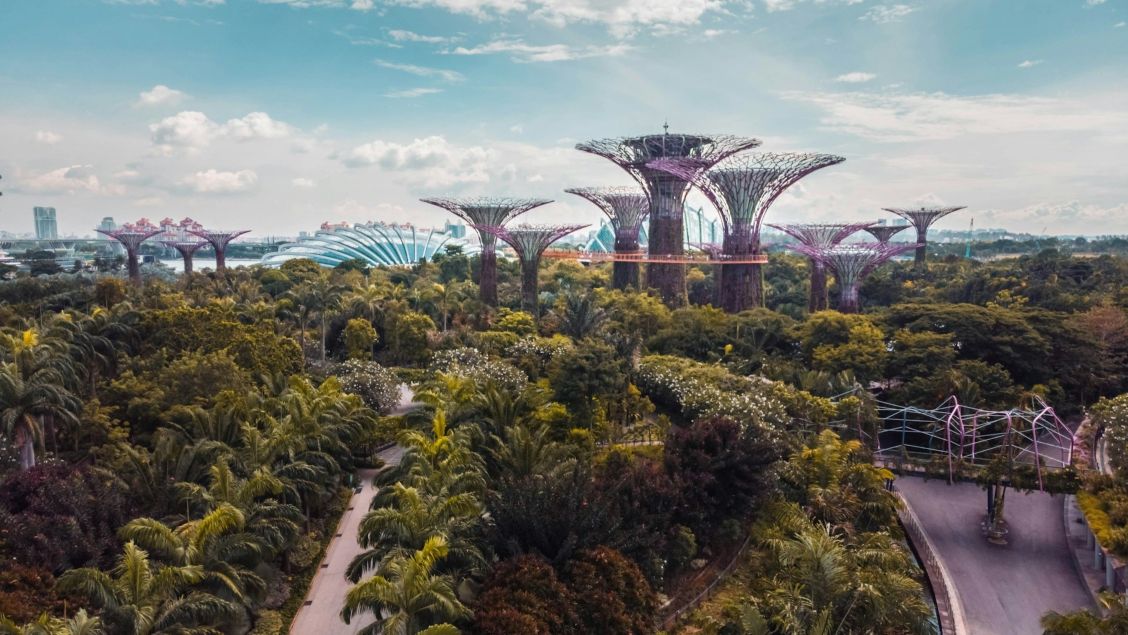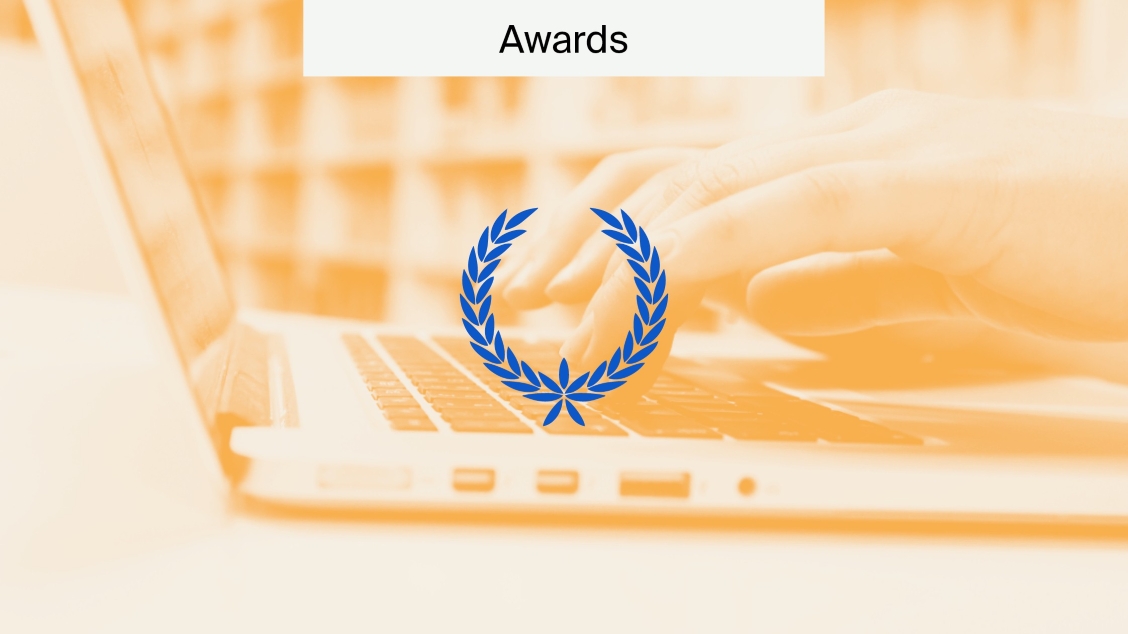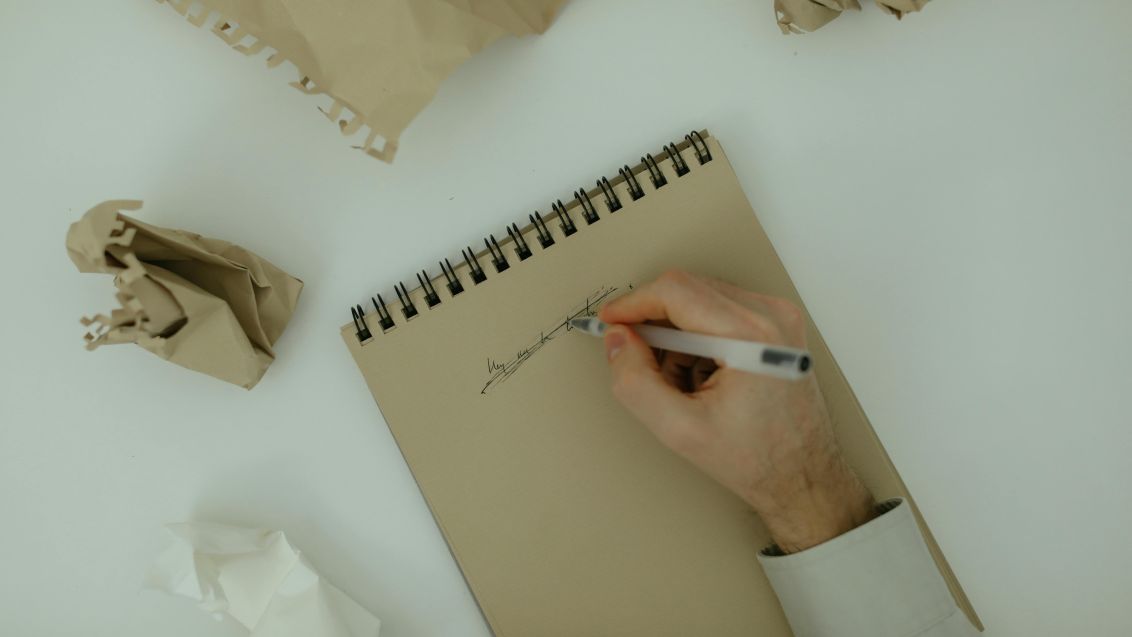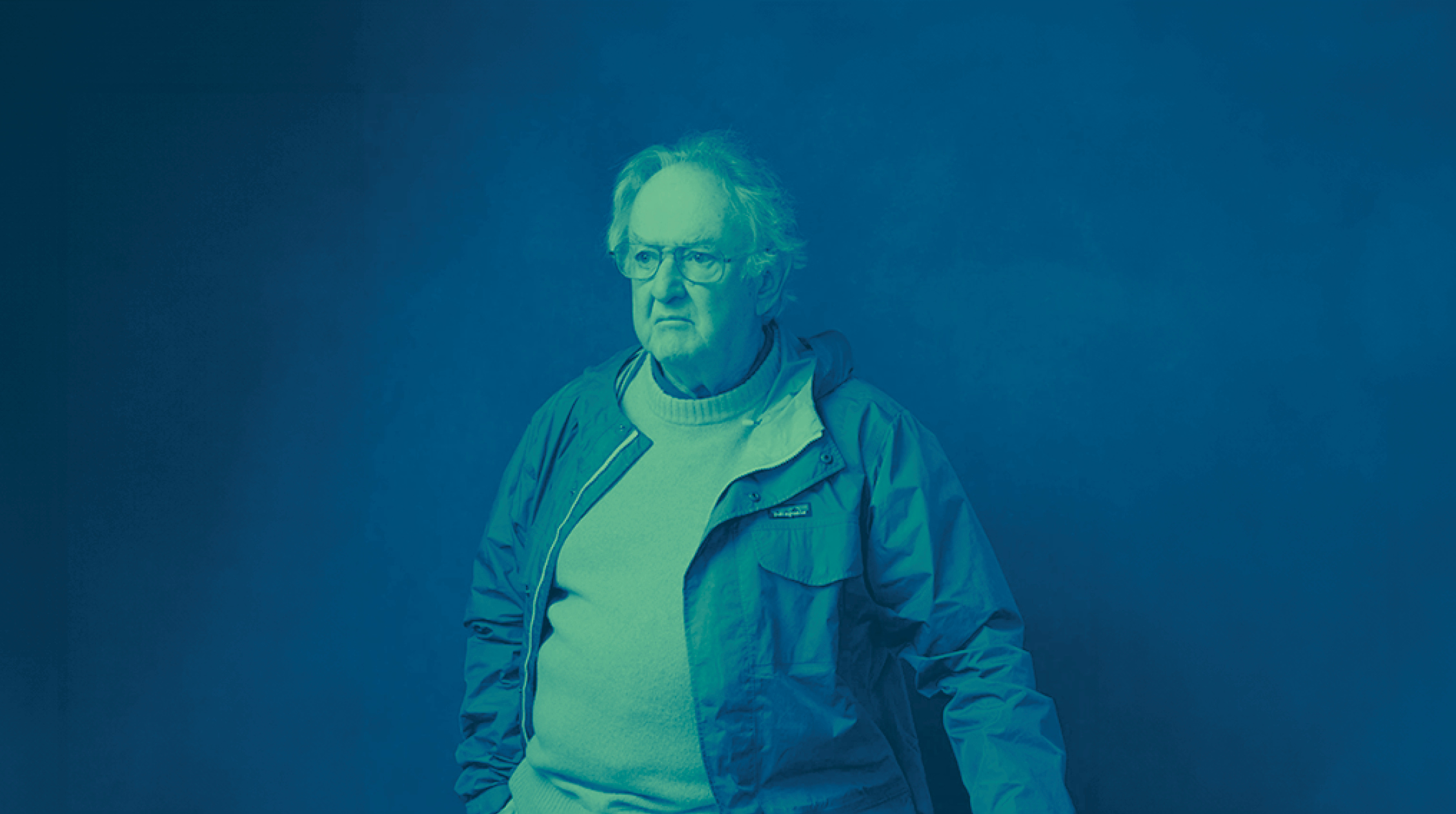
Interview with Expert Conservationist Professor Dr Stuart Pimm
Encouraging research on sustainability and celebrating advances in this area is only becoming more important. As the global population increases, it’s crucial to better understand how humans negatively impact the environment and how we can minimise our impact for future generations.
MDPI supports sustainability researchers in a multitude of ways, including providing a wide range of journals to publish their research, presenting prestigious awards and hosting the World Sustainability Forum.
The World Sustainability Forum
The World Sustainability Forum is an event that MDPI has organised and hosted for over 10 years. This event supports the dissemination and advancement of sustainability research in a wide variety of ways:
- By providing a platform for sustainability leaders to present novel research.
- Inspiring collaborations and partnerships necessary for the advancement of sustainability research, providing actionable solutions to current issues.
Celebrating researchers’ important work by presenting two major awards at the event: The World Sustainability Award and The Emerging Sustainability Leader Award.
Please see our recent article explaining the sustainability awards for more information.
The award winners have recently been announced and will be presented with their awards at the 11th World Sustainability Forum in Barcelona, Spain, 2–3 October 2025. It’s not too late to register. If you’re interested in attending the event, please click here for more information.
In this series, we interviewed the two winners of the World Sustainability Award: Professor Dr Stuart Pimm and Dr Abdelbagi M. Ismail.
This article will focus on Professor Dr Stuart Pimm and his fascinating career, including what inspired his important work in the field of conservation ecology and detailing his non-profit organisation, Saving Nature.
Professor Dr Stuart Pimm
Dr Stuart Pimm is a professor at Duke University, as well as a leading authority on biodiversity and the prevention of extinctions. He is a world leader in the study of present-day extinctions and what can be done to prevent them. Throughout his extensive career, Dr Pimm has worked on conservation projects all over the globe, including spending 30 years teaching in Africa about elephant and lion conservation. Moreover, he has made a big contribution to preventing the extinction of a variety of species by founding the non-profit organisation Saving Nature.
“At Saving Nature, we operate on the front lines of global conservation efforts, directly addressing the crisis of tropical forest destruction.” – Saving Nature.
What first inspired your impressive career and work in the field of conservation ecology?
Sixty years ago, I was an enthusiastic teenage birdwatcher. I spent all my free time out in nature, and so when it came time to apply to university, it was to Oxford University, which had the Edward Grey Institute of Field Ornithology. Expeditions to Afghanistan occupied two summers, and I attended New Mexico State University to pursue a Ph.D. in desert bird ecology. Thereafter, I studied hummingbirds in desert canyons, and in a quirk of fate, I met someone who was working on Hawaiian honeycreepers. Their ecologies had some similarities, and so I visited Hawai’i and spent six months there the following year.
Hawai’i changed my life. I expected to see all the bird species on the island I was working on—but I didn’t. Some were already extinct. Some were about to become so. I was shocked. I came face-to-face with the extinction crisis, a crisis that, morally, I felt I could not ignore. What would the world think of me, fifty years later, if I had just published hundreds of clever scientific papers but done nothing to address this massive environmental problem? Second, I realised that the work I was doing spoke to why species — and some more than others — were at imminent risk of extinction.
How different is the field now compared to when you first started studying?
A few years later, I received a phone call from Michael Soulé, who introduced himself and invited me to a meeting on the topic of “conservation biology”. “What’s that?” I asked. “Well, whatever it is, you are doing it!” he told me. And so, one afternoon, when Michael asked who in the audience felt we should found the Society for Conservation Biology, I raised my hand. I was there at the beginning.
So, the question is, what defines this entirely new field? Is there “specific conservation science”, by which I mean the suite of interventions that date more or less from the forming of the Society of Conservation Biology in 1985 and are tailor-made to address the loss of biodiversity?
Specific conservation science can claim at least partial credit for many successes. Understanding the problems small populations face has led to genetic rescues and successful reintroductions of species to places from which they had been extirpated. Tools for designing protected area networks ensure that protected areas are established with an understanding of the need for representation of different ecosystems. In particular, we understand that there are areas where species extinctions are concentrated — Hawai’i is an example. We call them biodiversity hotspots, and they are where species with small geographical ranges collide with exceptionally high levels of habitat destruction.
We know that in such places, the habitats that remain are often fragmented, and those fragments are too small to sustain viable populations. Habitat corridors reflect our knowledge that, in certain circumstances, connecting isolated populations is essential.
Would you say it’s become more important to inspire others to become interested in ecology and conservation of the planet?
Yes! The harsh reality is that we have destroyed large areas of the planet and that we continue to do so. Nature is an inspiration — we enjoy being in and near nature, seeing amazing animals (even if in zoos, but especially in the wild) and understanding firsthand or, at the very least, from natural history documentaries, what’s at risk. The more we experience nature, the more we become aware of the damage we are causing and what we can do to prevent it.
You have had the privilege of studying all around the globe. Can you name a project that you are most proud of?
These two questions are connected. I’m proud of the project that is Saving Nature. It starts with basic science and transitions seamlessly to practical conservation actions.
The impact of small habitat fragments is a central theme of my work. Starting first with studies of bird populations on small islands off the coast of Britain, then moving to forest “islands” in the Amazon, it shows that small fragments lose more species and lose them more quickly than larger ones. This is actionable science. It demands that habitat fragments need to be 10,000 hectares or more to slow local extinction. It explains the founding of Saving Nature, a nonprofit organisation dedicated to reconnecting fragmented habitats in biodiversity hotspots.
Can you give examples of the types of projects that Saving Nature is involved with?
An example is the state of Rio de Janeiro, Brazil, where golden lion tamarins were isolated in two protected reserves — REBIO União and REBIO Poço das Antes. By funding a local NGO to purchase a strip of cattle pasture that isolated União from forests to the east (and also from higher elevations), the planted forest has now created a habitat corridor. The before-and-after images are available on Google Earth. For Poço das Antes, buying the land north of a major highway also needed a habitat bridge across the road. These areas were selected from the detailed mapping work described above as containing the most endangered bird species in the region. The third priority is in the watershed to the east, the Reserva Ecologica de Guapiacu, where Saving Nature assists the local NGO in acquiring and reforesting substantial areas.
At present, Saving Nature’s program of reconnecting isolated habitats helps local NGOs acquire land and restore it by planting over three million native trees of nearly a thousand species in the Eastern and Western Andes of Colombia, Brazil, Tanzania (helping create corridors for elephants), Sumatra (Indonesia) and elsewhere.
In your opinion, are we doing enough as a population to help reverse the impact of climate change and the conservation of endangered species? What more can be done?
Obviously, as a global society, we must transition from fossil fuels and become more efficient in the energy we use. As we make these changes, we must also address the loss of species. We cannot claim to be using the planet sustainably while there are irreversible losses.
The short-term options for us are to protect more of the land and the ocean. We must be smart in doing this — we need to protect the places that hold the most threatened species. In such places, not only will species in small fragments have a high risk of extinction, but also those fragments will become unsuitable as the climate warms. We must reconnect nature so that species can move upslope or nearer the poles into cooler areas. And we ourselves need to reconnect with nature.
Importance of celebrating sustainability research
Professor Dr Pimm has an impressive career and has made a huge impact in conservation science and saved many species from extinction. It’s important to recognise the important work that he and his organisation have done and will continue to do to protect nature for future generations. Awards such as the World Sustainability Award can increase the visibility of these projects and contribute to their funding.
If you’re interested in attending the 11th World Sustainability Forum, please see the Sciforum website here for more information regarding registration.

